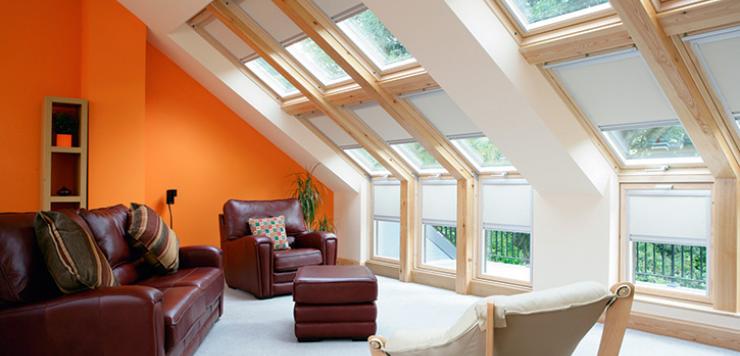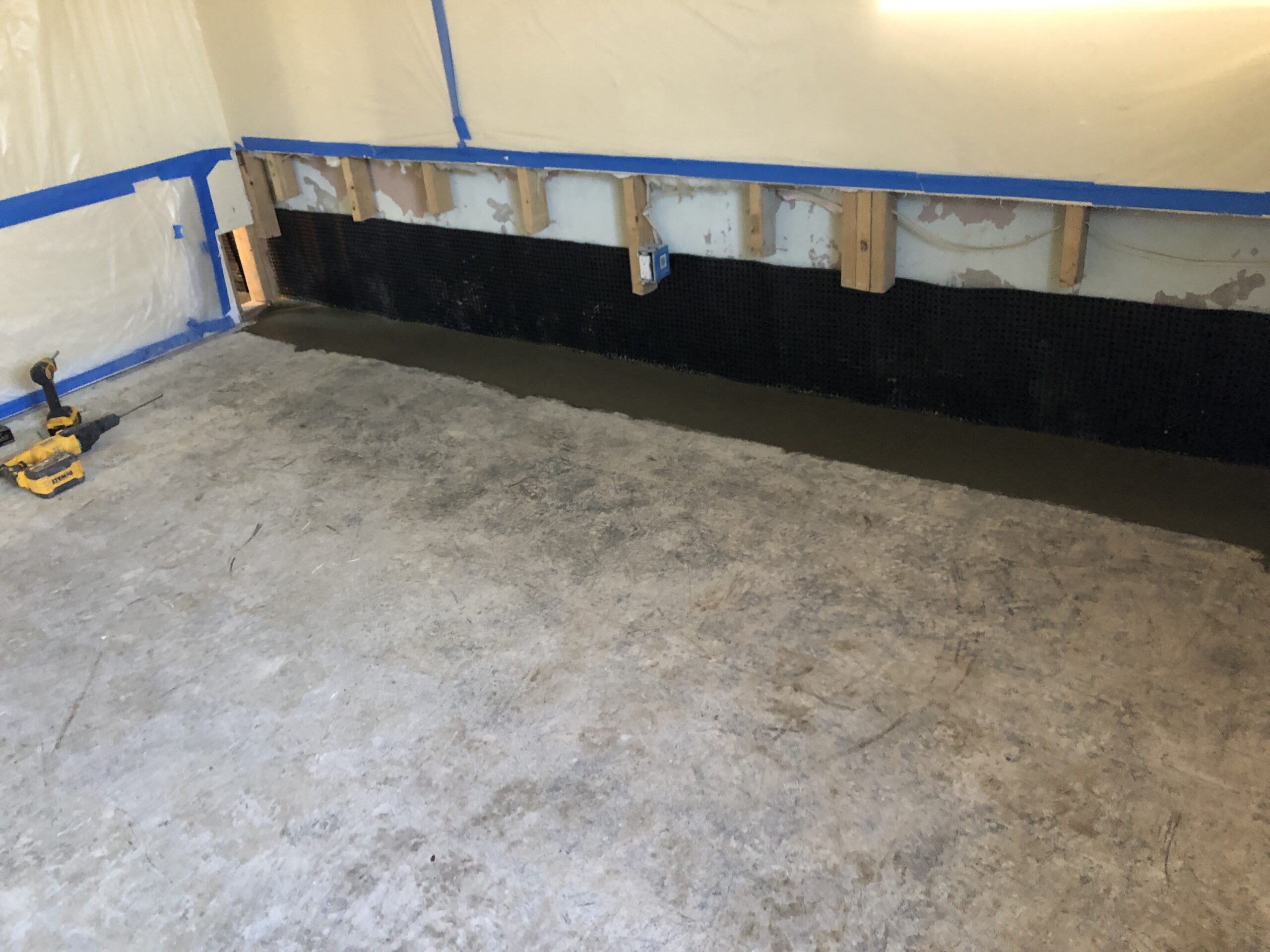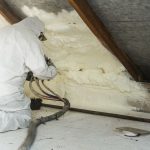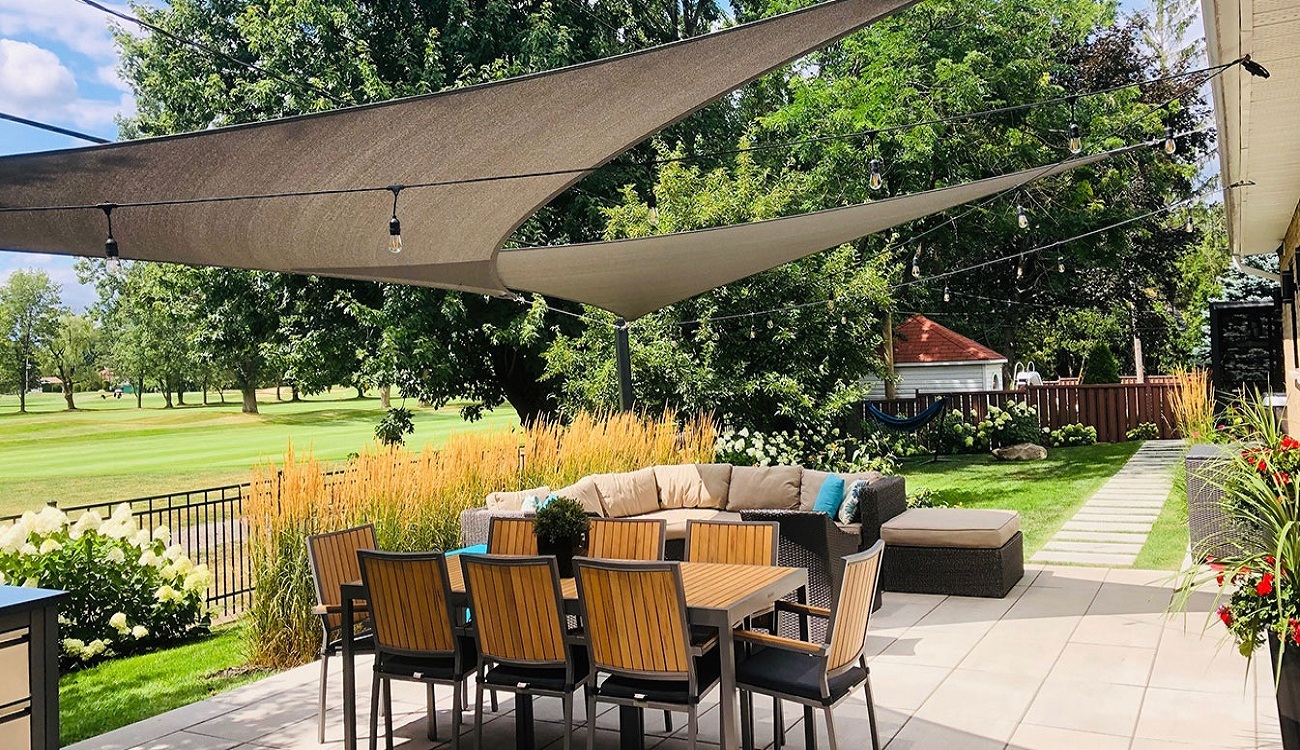Insulation is an essential component in all homes that want to be energy efficient. It is put where air escapes, like between the cavities in the walls, roofs, loft, and attic, it helps to slow or reduce heat transfer.
By securing all the air leaks and placing the proper insulation to the walls, basement, attic, roofs, and loft, homeowners can save up at least 20% on the heating and cooling expenses. This means you can to save about £250, annually.

Research from 2015, states that about 80% of single-unit family homes do not have adequate insulation. For that matter, poor insulation misuse and cause an increase in the energy bills for this houses. It also causes discomfort for your families by creating barriers to your home’s carbon dioxide emissions.
Benefits of Having Insulation
- a) It reduces your heating and cooling costs. Anything that saves on money is better when it comes to bills. A house with proper insulation saves on money and energy, which benefits you in the long run.
- b) It ensures that you are healthy. The key is having a safe indoor environment, even the quality of the air you breathe. Bad air conditions bring arise from fungi and mold in your home. But, with good insulation, you save on the cost of repairs.
- c) It keeps you comfortable. Proper insulation ensures your home is warm enough during winter. You also experience a fresh breeze without sweating during summer. It helps maintain the required temperature in your home all around the year.
Types of Insulation
Roof Insulation
- a) Warm lofts are put under the roof. Therefore, this is a good insulator and more expensive as compared to the cold attic.
- b) Cold loft, these are put above the ceiling on the top story.
Floor Insulation
This is quite expensive; ensure that you need it. Moreover, depending on the type of floor that you have. Most houses have insulators beneath the floor surface, but for the old homes with the suspended surface floors. One of the alternatives for the floor insulators is placing carpets all over the house.
Wall Insulators
- a) Cavity insulator, they have a space between the inside and outer leaf. The installation of the insulator is done by drilling holes on the walls and filling them with cement.
- b) Solid insulators don’t have cavities in them. Here you can opt to install internal or external insulation. External insulation covers the whole face of the house, while the interior insulation is placed in the inner walls in the room.
Window/ Door Insulation
Here you use the double-glazed windows and doors. It helps to protect you from noise, thus keeping your hose warm and silent.
There many things that help in making a home worth living. Insulation is among them. As seen, proper insulation saves on money and helps to reduce sound transmissions over the walls of your home.

Christine Kelley is a dedicated home blogger who has been blogging for over six years. She covers everything home related. Christine also loves writing posts about her travels to Europe with her husband and two children.












